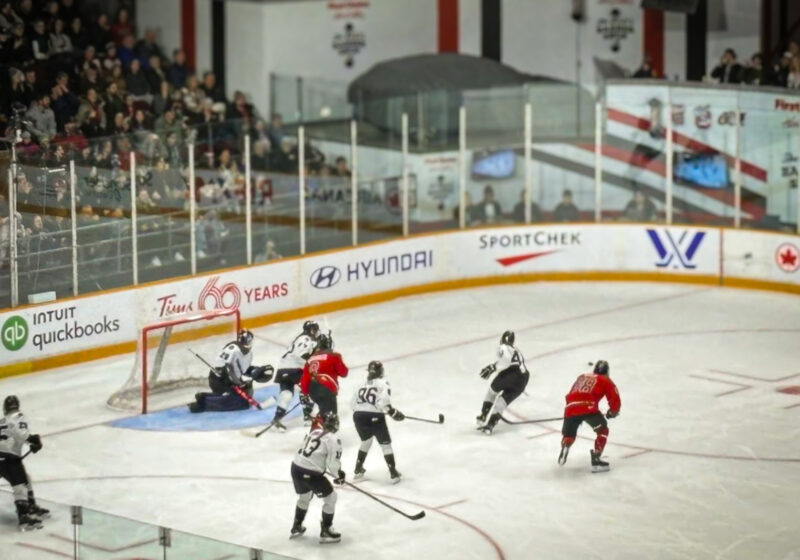“We Don’t Live on Mars Yet,” without any context, would seem like a play about the environment or our society as a whole. Instead, it is an extremely creative demonstration of immigrants, aliens, and diversity in Rochester.
Unlike most plays, which are prewritten and given to actors who are then told how it should be portrayed, “We Don’t Live on Mars Yet” was created by a collective. Visiting artist Talya Chalef wrote a general framework of the stories to be expressed and the overall message of the play, and then worked with a small group of students to mold the play the way they all thought it should be shown.
Honestly, I wasn’t sure what to expect at all. I went in having little to no knowledge of what was about to be presented to me, and I believe that was for the best. During the first 10 minutes, though, I was slightly lost because it seemed to be about actual aliens, which I presume was the tie between the title and the actual topic of the play.
The play was broken up into sections, ones that were sentimental and soft (stories from Rochester natives talking about their life, how they got to America, and how they call Rochester home), and others that were violent and chaotic (shouting, running, and throwing things around in response to hatred against and fear of immigrants/aliens).
Again, some parts genuinely confused me, and there were even parts I never fully understood, but the play did make me feel a range of emotions. During some parts I felt a pull on my heart, and others just felt awkward. I think that though this was a serious topic, there could have been better ways to break it up and offer light relief, because when they broke into song, I just had no idea how to react. There was a lot of timeline incorporation and immigration facts that I just couldn’t catch because they were thrown at us randomly, though I do think these were good ideas.
Despite some perplexity, I can positively say that the set design was breathtaking. The creativity put into it was a high point for me with the play. It was simple yet chaotic; this allowed there to be something other than white walls and no props but also didn’t take away from what was happening in the play itself.
Projectors were used brilliantly to show the faces of the people whose stories were being told , which made it all the more real. The lighting was done extraordinarily well and used in the most creative ways. One downside, however, was that though it added so much to the play and its message, I nearly had a stroke. The strobe lights were used for painfully long periods of time, multiple times, and at one point I had to close and refocus my eyes.
“We Don’t Live on Mars Yet” ” touched my heart and made me think about immigrants and Rochester as a diverse and international community, but also left me thinking, “What the hell did I just witness?” All the really weird and awkward moments aside, I’m thrilled I went.



